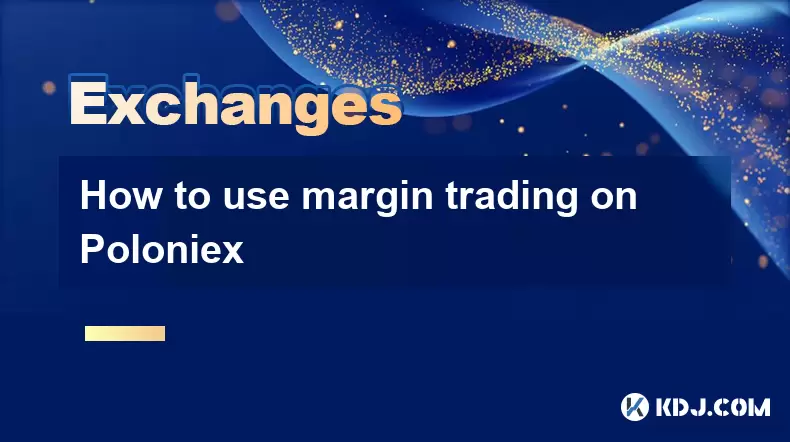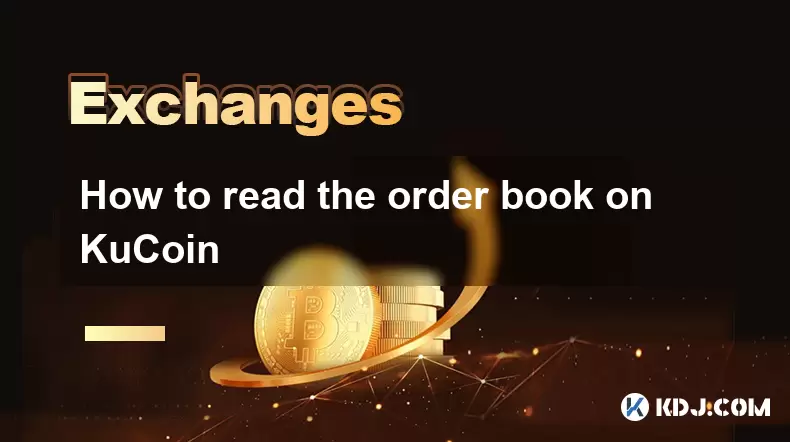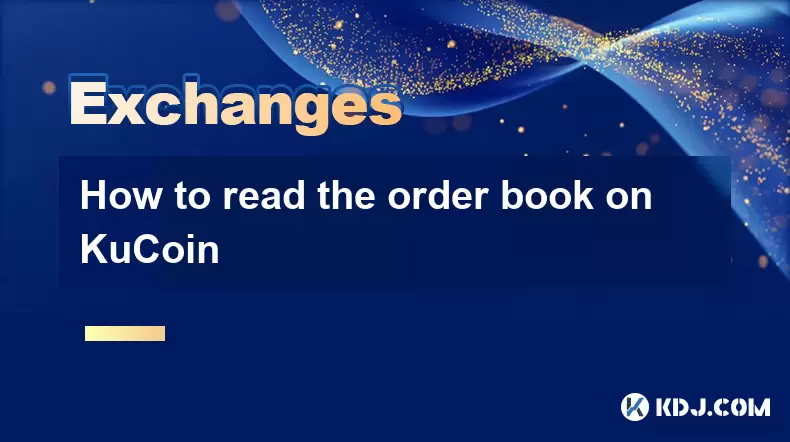-
 Bitcoin
Bitcoin $117600
0.25% -
 Ethereum
Ethereum $4424
0.10% -
 XRP
XRP $3.101
0.50% -
 Tether USDt
Tether USDt $1.001
-0.01% -
 BNB
BNB $836.2
1.26% -
 Solana
Solana $188.8
2.11% -
 USDC
USDC $1.000
0.01% -
 Dogecoin
Dogecoin $0.2301
0.57% -
 TRON
TRON $0.3485
-1.00% -
 Cardano
Cardano $0.9209
-1.34% -
 Hyperliquid
Hyperliquid $46.72
-1.19% -
 Chainlink
Chainlink $22.62
4.84% -
 Stellar
Stellar $0.4275
-0.38% -
 Sui
Sui $3.761
1.91% -
 Bitcoin Cash
Bitcoin Cash $586.7
-0.25% -
 Ethena USDe
Ethena USDe $1.001
0.01% -
 Hedera
Hedera $0.2510
2.06% -
 Avalanche
Avalanche $24.21
2.22% -
 Litecoin
Litecoin $119.7
1.07% -
 Toncoin
Toncoin $3.450
1.06% -
 UNUS SED LEO
UNUS SED LEO $9.411
-0.93% -
 Shiba Inu
Shiba Inu $0.00001298
1.20% -
 Uniswap
Uniswap $10.98
3.25% -
 Polkadot
Polkadot $3.961
2.16% -
 Dai
Dai $1.000
0.00% -
 Bitget Token
Bitget Token $4.642
0.95% -
 Cronos
Cronos $0.1514
0.57% -
 Ethena
Ethena $0.7290
3.78% -
 Monero
Monero $254.1
7.69% -
 Pepe
Pepe $0.00001102
2.47%
How to use Upbit's WebSocket interface?
Upbit's WebSocket interface offers real-time market data, enabling quick trades; this guide covers setup, subscription, and data handling for efficient trading.
Apr 14, 2025 at 10:35 pm

Using Upbit's WebSocket interface can significantly enhance your ability to receive real-time market data and execute trades with minimal delay. This article will guide you through the process of setting up and using Upbit's WebSocket interface, covering everything from initial connection to handling real-time data.
Understanding Upbit's WebSocket Interface
Upbit's WebSocket interface is designed to provide real-time market data, including order book updates, trade executions, and other critical information. Unlike RESTful APIs, which require periodic polling, WebSocket connections maintain a persistent link, allowing for immediate data transmission as events occur. This is particularly useful for applications requiring real-time updates, such as trading bots and market analysis tools.
Setting Up the WebSocket Connection
To establish a connection with Upbit's WebSocket server, you will need to use a WebSocket client library. Many programming languages offer such libraries, including JavaScript, Python, and Java. Here's how to set up a connection using Python's websocket-client library:
- Install the WebSocket client library: You can do this by running
pip install websocket-clientin your terminal. - Import the necessary modules: In your Python script, add
import websocket. - Define the WebSocket URL: Upbit's WebSocket URL is
wss://api.upbit.com/websocket/v1. - Establish the connection: Use the
websocket.create_connection()function to connect to the WebSocket URL.
Here is a sample code snippet to establish the connection:
import websocketws = websocket.create_connection("wss://api.upbit.com/websocket/v1")
Subscribing to Market Data
Once connected, you need to subscribe to the specific market data you are interested in. Upbit allows you to subscribe to various types of data, such as order book updates, trade ticks, and ticker data.
- Send a subscription request: After establishing the connection, send a JSON-formatted subscription request. For example, to subscribe to the order book of the BTC/KRW pair, you would send:
{
"type": "subscribe",
"channels": [{
"name": "orderbook",
"symbols": ["KRW-BTC"]
}
]
}
- Send the subscription request using Python: Use the
ws.send()method to send the subscription request.
subscription = {
"type": "subscribe",
"channels": [{
"name": "orderbook",
"symbols": ["KRW-BTC"]
}
]
}
ws.send(json.dumps(subscription))
Handling Real-Time Data
Once subscribed, you will start receiving real-time data from Upbit. You need to set up a mechanism to process this data effectively.
- Set up a loop to receive messages: Use a loop to continuously receive messages from the WebSocket connection. In Python, you can use the
ws.recv()method to receive data.
import jsonwhile True:
result = ws.recv()
data = json.loads(result)
print(data)
- Parse and process the received data: Depending on the type of data received, you will need to parse it and process it accordingly. For example, if you receive order book data, you might want to update your local order book representation.
Managing the Connection
Maintaining a stable WebSocket connection is crucial for real-time applications. Here are some tips for managing the connection:
- Implement reconnection logic: If the connection is lost, your application should attempt to reconnect. You can use a try-except block to handle connection errors and attempt to reconnect.
while True:
try:
ws = websocket.create_connection("wss://api.upbit.com/websocket/v1")
# Send subscription requests and handle data
except websocket.WebSocketException as e:
print(f"WebSocket error: {e}")
time.sleep(5) # Wait for 5 seconds before retrying
- Handle WebSocket ping/pong: Upbit's WebSocket server may send ping messages to keep the connection alive. Ensure your client responds to these pings with pong messages to maintain the connection.
Unsubscribing from Market Data
If you no longer need to receive certain data, you can unsubscribe from it. This helps in managing the data flow and reducing unnecessary network traffic.
- Send an unsubscribe request: Similar to subscribing, you need to send a JSON-formatted unsubscribe request. For example, to unsubscribe from the order book of the BTC/KRW pair, you would send:
{
"type": "unsubscribe",
"channels": [
{
"name": "orderbook",
"symbols": ["KRW-BTC"]
}
]
}
- Send the unsubscribe request using Python: Use the
ws.send()method to send the unsubscribe request.
unsubscription = {
"type": "unsubscribe",
"channels": [{
"name": "orderbook",
"symbols": ["KRW-BTC"]
}
]
}
ws.send(json.dumps(unsubscription))
Closing the WebSocket Connection
When you are done using the WebSocket connection, it's important to close it properly to free up resources.
- Close the connection: Use the
ws.close()method to close the WebSocket connection.
ws.close()Frequently Asked Questions
Q: Can I subscribe to multiple markets at once using Upbit's WebSocket interface?
A: Yes, you can subscribe to multiple markets by including multiple symbols in your subscription request. For example, to subscribe to both BTC/KRW and ETH/KRW order books, you would send:
{
"type": "subscribe",
"channels": [{
"name": "orderbook",
"symbols": ["KRW-BTC", "KRW-ETH"]
}
]
}
Q: How can I handle rate limiting with Upbit's WebSocket interface?
A: Upbit's WebSocket interface does not have explicit rate limits like RESTful APIs. However, to avoid overwhelming the server, you should manage your subscriptions and data processing efficiently. If you encounter issues, consider reducing the number of subscriptions or implementing a backoff strategy.
Q: Is it possible to receive both trade and order book data through the same WebSocket connection?
A: Yes, you can subscribe to multiple types of data through the same WebSocket connection. For example, to receive both trade and order book data for BTC/KRW, you would send:
{
"type": "subscribe",
"channels": [{
"name": "orderbook",
"symbols": ["KRW-BTC"]
},
{
"name": "trade",
"symbols": ["KRW-BTC"]
}
]
}
Q: How can I ensure my WebSocket connection remains stable over long periods?
A: To ensure stability, implement reconnection logic to handle disconnections, manage WebSocket ping/pong messages to keep the connection alive, and monitor your application's performance to avoid resource exhaustion.
Disclaimer:info@kdj.com
The information provided is not trading advice. kdj.com does not assume any responsibility for any investments made based on the information provided in this article. Cryptocurrencies are highly volatile and it is highly recommended that you invest with caution after thorough research!
If you believe that the content used on this website infringes your copyright, please contact us immediately (info@kdj.com) and we will delete it promptly.
- Kazakhstan's Crypto Leap: Bitcoin ETF and Central Asia's Digital Finance Future
- 2025-08-13 12:45:19
- BlockDAG Presale Blazes Past $371M: Fundraising Frenzy Fuels Crypto Sensation
- 2025-08-13 13:05:21
- Meme Coins: Chasing the 2025 Surge – Which Will Moonshot?
- 2025-08-13 10:25:23
- Bitcoin's Wild Ride: Rally, Pullback, and What's Next
- 2025-08-13 10:25:23
- Bitcoin, Bitmax, and Institutional Demand: A New Era of Crypto Investment
- 2025-08-13 10:45:12
- Solana, ROAM, and Airdrops: What's the Buzz in 2025?
- 2025-08-13 11:35:13
Related knowledge

How to use margin trading on Poloniex
Aug 08,2025 at 09:50am
Understanding Margin Trading on Poloniex

How to read the order book on KuCoin
Aug 10,2025 at 03:21pm
Understanding the Order Book Interface on KuCoinWhen accessing the order book on KuCoin, users are presented with a real-time display of buy and sell ...

How to read the order book on KuCoin
Aug 12,2025 at 02:28am
Understanding the Basics of Staking in CryptocurrencyStaking is a fundamental concept in the world of blockchain and cryptocurrencies, particularly wi...

How to set price alerts on Kraken
Aug 11,2025 at 08:49pm
Understanding Price Alerts on KrakenPrice alerts on Kraken are tools that allow traders to monitor specific cryptocurrency pairs for price movements. ...

How to avoid high gas fees on Uniswap
Aug 13,2025 at 11:35am
Understanding Gas Fees on UniswapGas fees on Uniswap are payments made to Ethereum miners or validators for processing transactions on the blockchain....

How to earn cashback rewards on Crypto.com
Aug 12,2025 at 02:08am
Understanding Cashback Rewards on Crypto.comCashback rewards on Crypto.com are a feature designed to incentivize users to spend using their Crypto.com...

How to use margin trading on Poloniex
Aug 08,2025 at 09:50am
Understanding Margin Trading on Poloniex

How to read the order book on KuCoin
Aug 10,2025 at 03:21pm
Understanding the Order Book Interface on KuCoinWhen accessing the order book on KuCoin, users are presented with a real-time display of buy and sell ...

How to read the order book on KuCoin
Aug 12,2025 at 02:28am
Understanding the Basics of Staking in CryptocurrencyStaking is a fundamental concept in the world of blockchain and cryptocurrencies, particularly wi...

How to set price alerts on Kraken
Aug 11,2025 at 08:49pm
Understanding Price Alerts on KrakenPrice alerts on Kraken are tools that allow traders to monitor specific cryptocurrency pairs for price movements. ...

How to avoid high gas fees on Uniswap
Aug 13,2025 at 11:35am
Understanding Gas Fees on UniswapGas fees on Uniswap are payments made to Ethereum miners or validators for processing transactions on the blockchain....

How to earn cashback rewards on Crypto.com
Aug 12,2025 at 02:08am
Understanding Cashback Rewards on Crypto.comCashback rewards on Crypto.com are a feature designed to incentivize users to spend using their Crypto.com...
See all articles

























































































